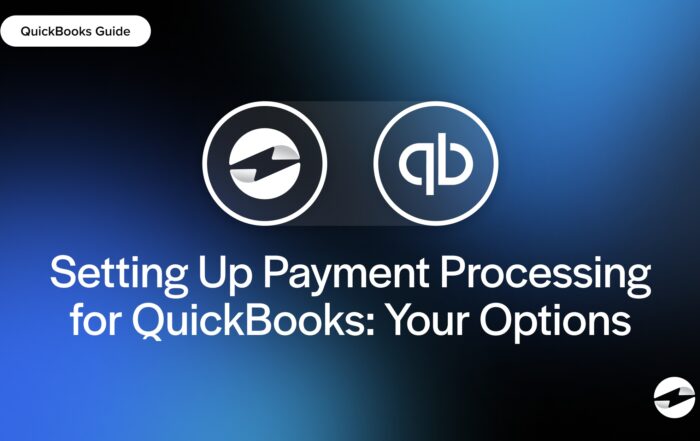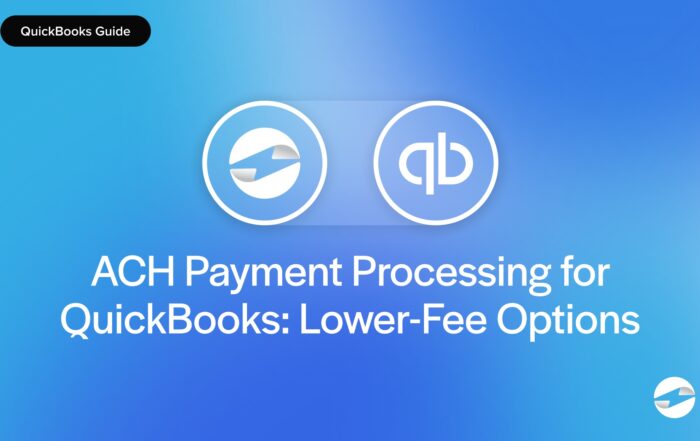What is a trial balance?
A trial balance is an internal accounting report that lists all the general ledger accounts and their balances at a specific point in time. It’s a checkpoint to ensure total debits and credits are equal so accountants can catch errors before financial statements are prepared. Think of it as a financial snapshot to verify the books are balanced before moving forward. While a balanced trial balance doesn’t mean all transactions are correct, it’s a big step in keeping financial records accurate.
Key Points
- A trial balance ensures total debits and credits match before preparing financial statements.
- Adjusted trial balances include corrections and accruals, which are more accurate than the unadjusted version.
Adjusted trial balance vs. unadjusted trial balance
There are two types of trial balances: unadjusted and adjusted.
Unadjusted Trial Balance: This is the first version of the trial balance before any adjustments are made for accruals, deferrals, or corrections. It just lists account balances as they stand at the end of an accounting period.
Adjusted Trial Balance: After accountants make the necessary adjustments—like recognizing unpaid expenses or unearned revenue—they create the adjusted trial balance. This updated version is more accurate and is used to prepare financial statements.
A good way to think of it is like reviewing a draft of an important report. The unadjusted trial balance is the rough draft. It needs to be looked over once or twice to find and correct any errors. After it has been reviewed and edits have been made to make it accurate this unadjusted trail balance becomes the adjusted trial balance. The adjusted trial balance is the final version and is ready to be used to help prepare financial statements.
Trial balance example
Let’s say a small business prepares an unadjusted trial balance at the end of the month. It might look like this:
| Account Name | Debit ($) | Credit ($) |
|---|---|---|
| Cash | 10,000 | |
| Accounts Receivable | 5,000 | |
| Equipment | 20,000 | |
| Accounts Payable | 3,000 | |
| Revenue | 15,000 | |
| Expenses | 8,000 | |
| Owner’s Capital | 25,000 | |
| Total | 43,000 | 43,000 |
At this point, everything balances, but adjustments may be needed. Let’s say the business earned revenue that hasn’t been recorded yet. If so, an adjusting entry would be made, and an adjusted trial balance would be created.
By having a trial balance in order, businesses can move on to preparing their financial statements without costly errors.
You May Also Like
Read More
Read More
Read More
Read More



